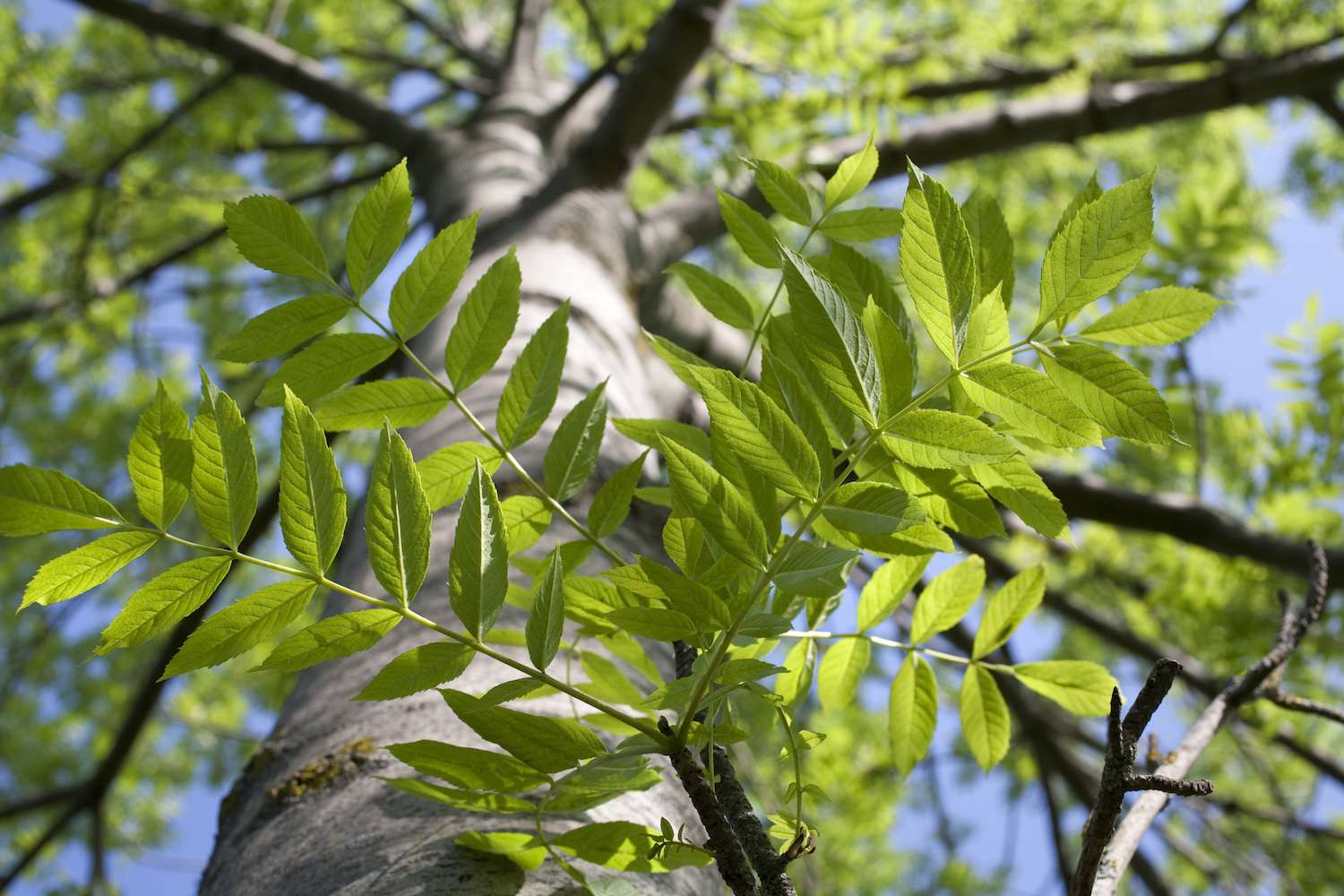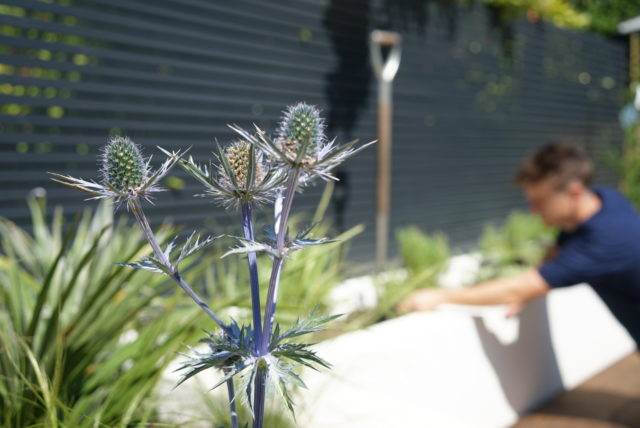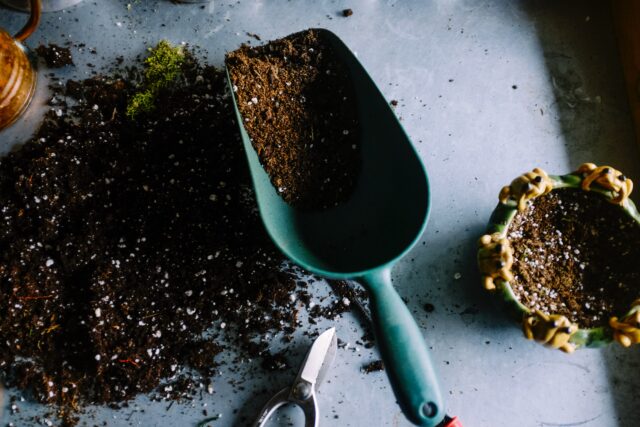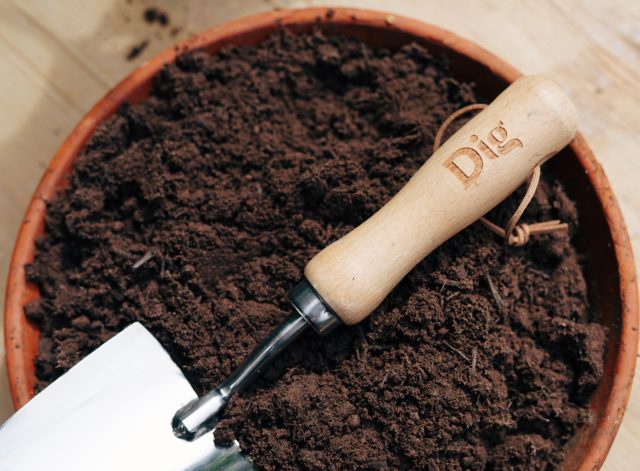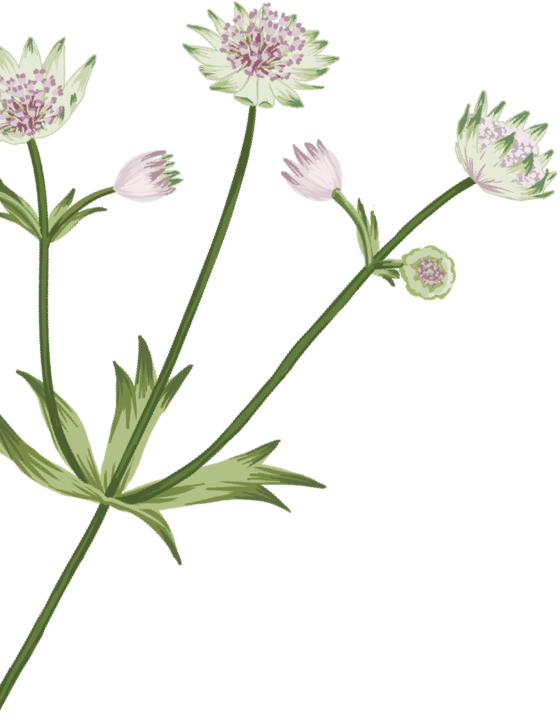Header image: Ash – an excellent tree for pollarding
Autumn is the perfect time to plant a tree and so, as part of our series on maximising space in smaller gardens, we’ve compiled some helpful advice for bringing trees and shrubs in, without them completely taking over and becoming unmanageable. With space increasingly at a premium, and time for gardening being so precious, we’ve compiled the advice below to address these areas with your time in mind.
Firstly, and most importantly, if you really are stuck for space but you’d still like to include an architectural plant in your garden, it’s always worth acknowledging that you can prune the lower branches (known as ‘crown lifting’) of many trees to create a multi stem effect. This works particularly well with Viburnum.
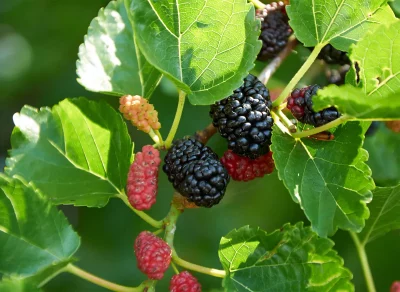
Mulberries are excellent fruit-producing trees for pollarding and espaliering
If you have vertical space (a wall, a fence, the side of a shed for example), espaliered fruit trees can be a fantastic edition. Espalier simply means growing a tree flat against a wall, training it so that it takes up ‘2D’ space, rather than ‘3D’. These do require maintenance to continue training, but are a great space saver and, with fruit trees in the right conditions, will produce fruit so are very productive plants too.
Pleached trees are another option. Pleached trees are created by training younger branches along a framework allowing control of the branches and maximising space. They also incredibly useful if you would like to creating privacy, as are often grow into screens – they also don’t take up much space in the garden if you follow the usual approach of this screen being grown along the top of a fence.
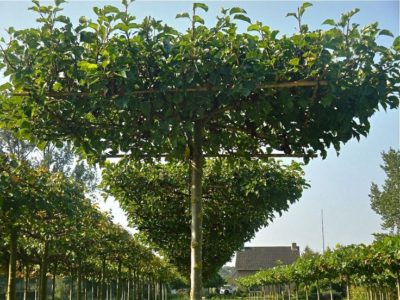
A tree pruned into parasol shape
Parasol trees are also a great way to create shade and shelter whilst including trees in the garden. Parasol (also known as roof form) is when a tree has been trained on a long clear stem, with a horizontal or lateral square crown of foliage on the top, resembling a little roof or parasol. Some trees that are used in this fashion are Malus, Platanus, Tilia, Liquidambar and Carpinus varieties.
Another, very simple method to manage the growing potential of a tree is to place it in a pot. Growing trees in pots restricts their growth, and most trees can be grown in a pot of a good size – be mindful however that you will need to regularly feed and monitor them to ensure the nutrients in the pot are sufficient.
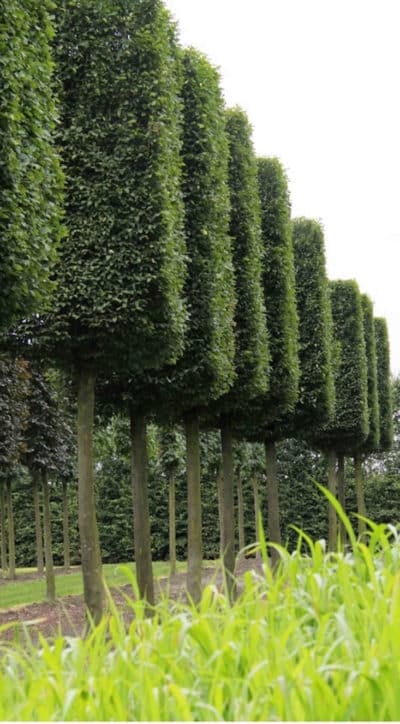
Pruning is, as ever, also an effective way to manage the size of a plant but it’s important to do this at a time that isn’t going to damage the plant unduly. Most trees are fairly hardy, but it is worth pruning at the correct time of year for the desire effect to give the tree the best chance at flourishing. So, to maintain the size of a tree or large shrub if it is evergreen, an all-over trim in spring or summer is best. For most deciduous trees (trees that drop their leaves in winter) winter pruning can be easier as branches are more visible, but this is best accomplished before roughly Christmastime as later pruning can result in bleeding (this is when sap leaks from a wound or pruning cut on a tree, shrub or woody climber – it’s not usually a problem but can be unsightly and, if prolonged, risks damage. Most gardeners now recommend letting these ‘cuts’ heal naturally).
Pollarding is another form of more-extreme pruning whereby the entire head or crown is removed from a tree. This is a more intense process, but can make very attractive small trees. Crown thinning can be effective if the head of a tree is dense, as this technique will let light in. However this can easily soil the appearance of a tree, so make sure you evaluate in stages the removal of branches. As always, little and often – or little and considered in this case, is a good approach if you’re attempting this for the first time.
Most importantly, when planting trees, don’t forget to plant them at the correct depth. This is vital because tree roots need oxygen and water in blended measure. Our top tip is to dig a square hole which should be 1.5 times the diameter but not deeper than the rootball. Staking a newly planted tree is also important if wind is likely – as this may cause damage and disturb the roots. Watering trees once planted is very important. If planting in autumn this isn’t needed as frequently because the soil is usually damp enough but otherwise, the best way is to start by watering around the base of the trunk, and then slowly working your way outward to the surrounding rootball making sure the water penetrates deeply into the soil on a regular basis for the first year. Mulching after planting a tree is also not a bad idea, but ensure to keep mulch away from the trunk. The resulting moisture can very likely lead to bark decay.
We hope this advice is helpful for those considering smaller trees and structure in their outdoor space. If you have any questions at all – we are always here to help you keep your Dig gardens looking pristine on Instagram or at hello@digclub.co.uk.

